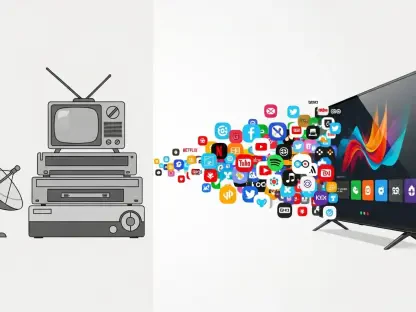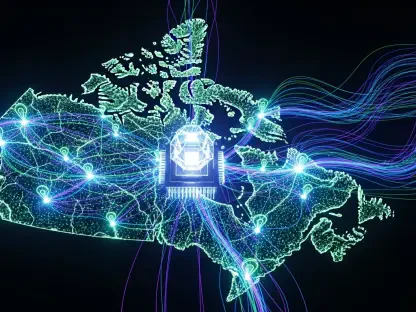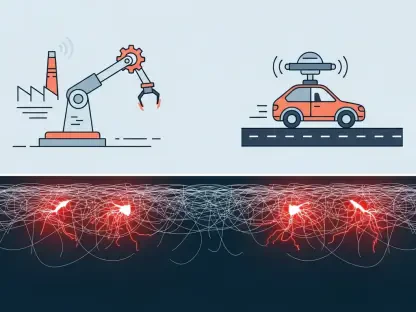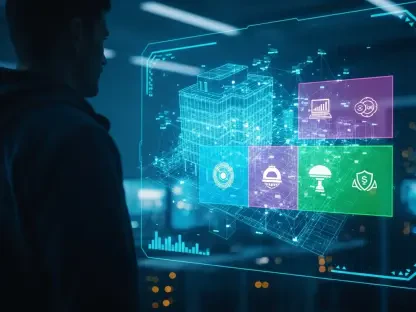Businesses globally are stepping up efforts for better energy management as part of the fight against climate change, with technology playing a pivotal role. SAS Institute Inc. leads this charge with its innovative use of IoT sensors to enhance sustainability and reduce energy expenditure. Their system, powered by Azure, titled Energy and Cost Optimization, serves as a prime example of how combining IoT with advanced data analytics can lead to greener and more cost-efficient business practices.This approach not only helps companies lower their environmental impact but also provides substantial cost savings—demonstrating the tangible benefits of investing in smart technology. SAS’s solution showcases the significant strides in energy management that can be achieved when IoT and analytics converge. As a testament to the potential of technology-fueled sustainability strategies, SAS Institute’s initiative is a beacon for organizations seeking to embrace eco-friendly operations without compromising on efficiency or profitability.
Pioneering Energy Efficiency with IoT
The SAS Energy and Cost Optimization Solution
SAS Institute is revolutionizing energy management through its Energy and Cost Optimization solution, which effectively utilizes IoT technology. By analyzing data from IoT sensors, this system identifies areas where energy use can be streamlined, leading to noteworthy cost reductions. This technological approach doesn’t just highlight inefficiencies; it provides a clear path to energy conservation and financial savings.The efficacy of SAS’s system is evidenced by its deployment at Wienerberger AG, a top brick manufacturer. Their pilot program initially saw a 9% cut in energy expenses, which further expanded to a substantial 15% reduction as the solution was rolled out across more facilities. Wienerberger’s experience underscores the tangible benefits of leveraging IoT-driven analytics for enhanced sustainability and operational efficiency.
Revolutionary Impact of Generative AI
In a recent interview, Jason Mann, the Vice President of IoT at SAS, highlighted how the amalgamation of generative AI with analytics could revolutionize the way businesses interact with data. The advent of conversational interactions for data analysis, fueled by generative AI, promises to make these sophisticated systems more accessible to organizations. This accessibility could spell a paradigm shift in identifying and rectifying process inefficiencies, leading to accelerated progress in energy management. Mann’s emphasis on the role of generative AI demonstrates SAS’s commitment to staying at the cutting edge of technology. It is clear that innovation is a cornerstone of their strategy to help companies navigate the complex terrain of sustainability. The potential for such technology to simplify complex processes opens up opportunities for a wider range of businesses to partake in responsible energy consumption practices.
Advancing Global Sustainability Goals
IoT and AI: A Synergy for a Sustainable Future
The consensus among experts is unequivocal: the synergistic relationship between IoT sensors and advanced data analytics is pivotal for advancing sustainability goals. The merit of technology in energy management is not merely theoretical; it has been proven through practical applications that yield considerable results. SAS’s Energy and Cost Optimization solution is a primary example of this synergy in action. The technology does more than analyze energy data; it empowers businesses to make informed, strategic decisions that are both environmentally sound and economically favorable. The application of IoT and AI marks a significant milestone in the journey toward a more sustainable industrial landscape. It’s a leap forward in how businesses can actively reduce their carbon footprint while also restructuring their energy expenses. These sophisticated tools are not just for corporate giants but may eventually become essential components of every company’s sustainability toolkit.
Sustainability Driven by Technological Adoption
SAS is at the forefront of synergizing IoT and AI to drive sustainable practices that don’t compromise on business efficiency. Their Energy and Cost Optimization solution is a prime example, as it balances environmental responsibility with economic benefits. By showing real-world savings for companies like Wienerberger AG, SAS demonstrates how energy monitoring can be good for both the planet and the profit margins. This aligns with the global movement towards sustainability, emphasizing that profit need not be at odds with the planet’s health.Through SAS’s innovative solutions, businesses are encouraged to partake in the green revolution, proving that eco-efficiency is a viable path to reducing energy use and costs. As the business world recognizes its role in mitigating climate change, SAS’s tech serves as a vital tool for companies striving to be both environmentally and financially sound.









